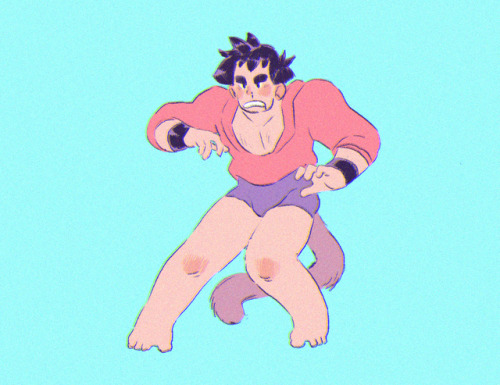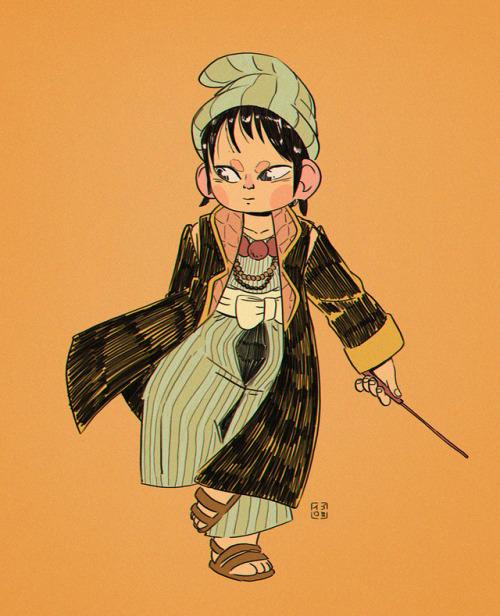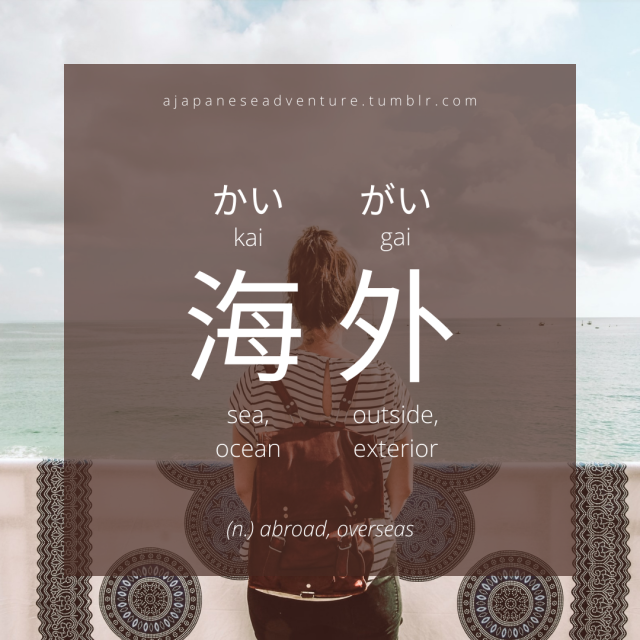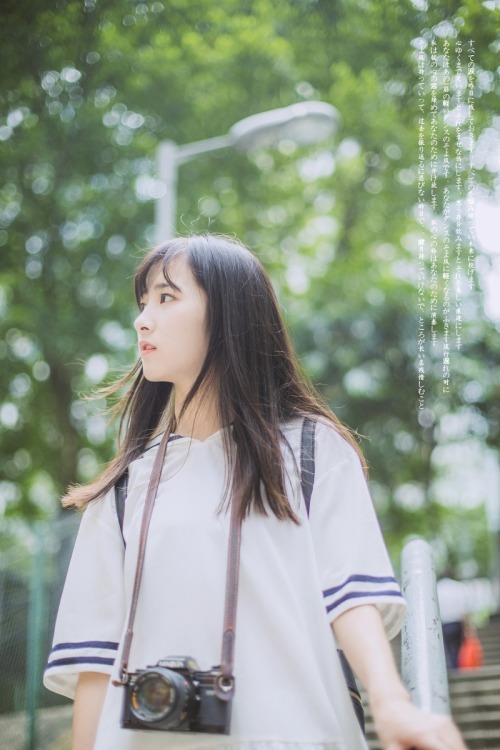#japanese characters
Hello, everybody! It’s been a while since I’ve done a K.O., huh.
Today’s Kanji Origins is #15, but that’s not really a milestone. I really should do this more often.
空
This is the character for “sky”. It combines 穴 (space) and the phonetic reading of エ (work). So space + work = sky! I guess. (I feel it is important to note that the “space” we’re talking about here means like “empty space”, like “there is so much space between me and him”. Not “The Earth is in space”) . It’s pretty easy for me to remember because I really like the character. And by “character”, I mean Sora from Kingdom Hearts. \_(ツ)_/
Anyhoo, 空 can be used by itself to mean what it means. However, it also means “void”, “empty”, “vacuum”, and “vacant”. The amount of puns that the Japanese can make with this are staggering. I feel KH is one of the worst offenders, but that’s a different thing.
It’s also pretty common as a unisex name as well, like how people name their kids “Skye” or “Skyler” in English.
空港: airport
空気: air, atmosphere
架空: aerial, overhead
青空: blue sky
空洞: cave
Strangely, 空 is used a lot for “air” in English, but I guess the thinking is that things are in the “sky” rather than the “air”.
中
中 tends to be a kanji a lot of people learn early on. It has a very simple form, and it is used in a lot of beginner’s grammar. It’s also directly from the Chinese language. It’s a 丨inside a 囗 . So, 中 means “inside”. By extension, it also means “middle”. The Chinese use this character in their country name, “中国”’, which refers to them as “The Middle Country”, or what they implied “The Center Country”. They believed that they were the center of the Earth (I guess some still do to some extent), but then a bunch of things happened with Japan (didn’t go well) and they got their first aircraft carrier a couple of years ago and America thought it was cute.
Anyhoo!
中東: Middle East
日中: During the day
中学: Middle school, junior high
中日: China and Japan
中島: Island in a pond or a river
虫
虫 is a character that means ‘insect’ or ‘bug’. But would you believe me if I told you it is supposed to be an image of a snake? Yes, a snake. A very much not bug creature. (And for who knows what reason, they created a new kanji for snake as 蛇, which combines 虫 and 它, which means other. So they made snake ‘other bug’ rather than keep 虫 as snake).
To be fair, considering worms are bugs and do look snake-like, I can understand confusion in a time before etymologists and herpetologists became a thing. You can understand it looks like 中 a bit, but there’s really no relation other than pronunciation. You may also notice that 虫 is used in a lot of diseases in an interesting coincidence of a shared figure of speech; Having a ‘bug’ means that you’re sick, and that is something that is mutual in Japanese.
殺虫剤: Insecticide
虫歯: Cavity, tooth decay
水虫: Athlete’s foot
苦虫: Making a sour face (like you ate a bug)
虫垂炎: Appendicitis
防虫: Insect repellent
弱虫: Weakling, coward (weak as a bug)
交
Next is 交, which means ‘mingle’ or ‘association’. It’s often used in matters of connection and shared activity. It’s supposed to be a man ‘大’ crossing his legs ‘乂’. 乂 is an archaic kanji that means ‘to mow’ or ‘subdue’, but it’s not entirely relevant here.
You need to be a bit careful when 交 is by itself though. Independently, it also has the adverb form of “in succession”, but most people write it in its hiragana form.
Now, I’m not entirely sure why a man crossing his legs was the main image for association, but I guess people don’t normally cross their legs when they’re alone, really only in public.
外交: Diplomacy
交流: Cultural exchange
交通: Traffic, communication
交える: To combine
交響曲: Symphony
交互: Mutual, reciprocal
校
This one should already be familiar as a ‘basic’ kanji. 校 means ‘printing’ or ‘school’, and it’s often paired with the previously mentioned 学 because ‘study’ + ‘printing’ = school. Or ‘learning’ + ‘school’ = ‘school’. Either way, 校 is a very educational kanji.
It’s supposed to be 木 with 交. 交 is simply there for pronunciation, and I’m not necessarily sure why 木 is involved, but I guess that many of the things essential for school and printing are paper and pencil/ink brush which wood was often a part of.
校長: Principal
校舎: School building
母校: Alma mater
全校: The whole school

北 【きた】(kita): North
東 【ひがし】(higashi): East
南 【みなみ】(minami): South
西 【にし】(nishi): West
I recently realized that I could not remember well all the kanji about compass directions. And, since they are usually among the basic kanji (asked in jplt n5), I decided to create a simple graphic post to remember them. Hope it can help you, too!
The 3 Alphabets of Japanese

I think the first thing I ever learned about Japanese is that it has not one, but THREE alphabets: hiragana, katakana and kanji.
Hiragana (ひらがな)
Hiragana is a syllabic alphabet (it means each letter is actually a syllable). It’s the basic alphabet of Japanese, the first you usually learn in course, with which you can write all the Japanese words you need.
I find hiragana characters very cute: they remind me of cats in some way, with all their roundness and whiskers:)

CC BY-SA 2.0, https://commons.wikimedia.org/w/index.php?curid=280775
Katakana (カタカナ)
Katakana is the same syllabic alphabet of Hiragana, only the letters are a little bit different. It is mostly used to write loanwords or foreigner names.
I find katakana characters more sharp and “edgy” than hiragana. It’s actually the first alphabet I started to study on my own, since many titles of anime movies contain katakana:
- 風の谷のナウシカ(Kaze no tani no Naushika,Nausicaa of the Valley of the Wind)
- となりのトトロ(Tonari no Totoro, My Neighbour Totoro)
- ヴァイオレット・エヴァーガーデン(Vaioretto Evāgāden,Violet Evergarden)
Kanji (漢字)

Kanji is actually not an alphabet, but a system of ideograms where each character has a meaning of its own. Kanji are basically Chinese ideograms (Kanji means, in fact, “Chinese characters”). Unlike the other two alphabets, Kanji can be thousands in number.
I find Kanji solemnandmysterious as their original land, China. It is a pleasure learning how to write them, or at least, I find it very pleasant and relaxing.
What is the Kanji Kentei? 漢字検定: The Ultimate Guide to the Japanese Kanji Proficiency Test
Welcome to Benkyogo!
- - - - - - - - - - - - - - - - - - - - -
Links:
Read the blog post here: https://benkyogo.co.uk
Example Test Papers (official site:) https://tinyurl.com/yxkw3gbn
Benkyogo Store: https://www.etsy.com/uk/shop/Benkyogo
Instagram: @benkyogo
- - - - - - - - - - - - - - - - - - - - - -
⛩ Visit the Benkyogo blog for more ways to learn Japanese!
https://www.benkyogo.co.uk/













